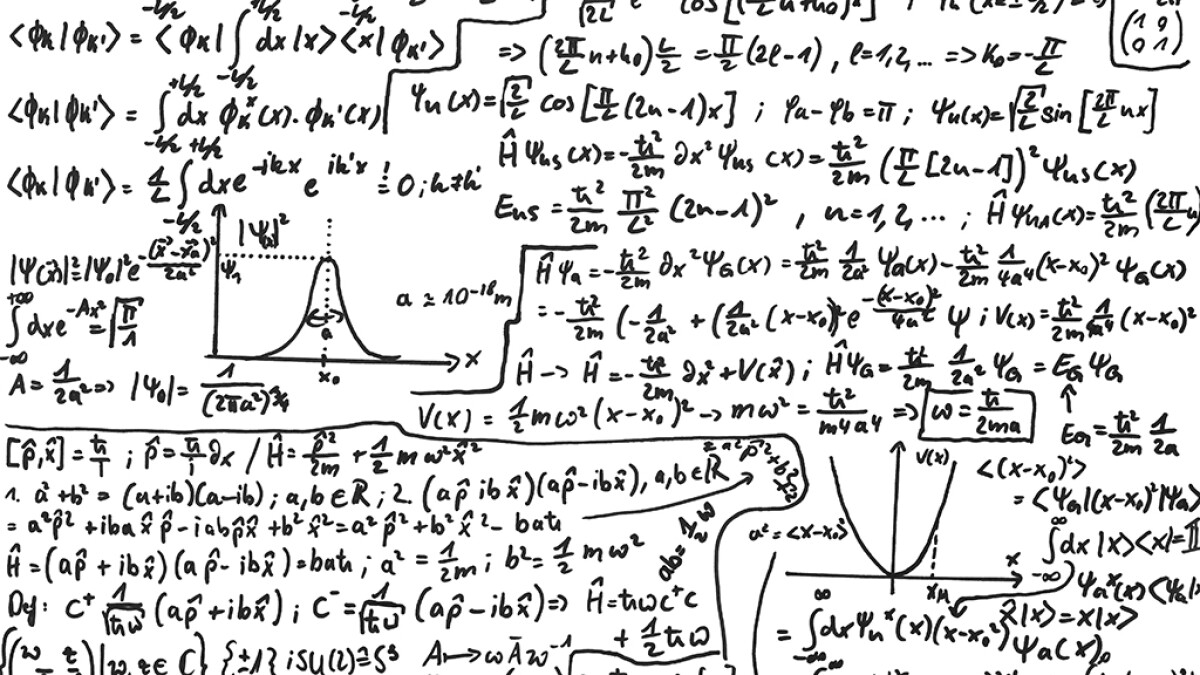Introduction
Development of Quantum Field Theory
Advances in Quantum Computing
Experimental Verification of Quantum Theories
Quantum Cryptography and Information Theory
Recent Breakthroughs in Quantum Mechanics
Challenges and Open Questions

Introduction
Since 1965, the field of quantum mechanics has witnessed a series of groundbreaking advancements that have significantly altered our understanding of the microscopic world. This paper explores these developments, highlighting both theoretical and practical evolutions in quantum mechanics and their impact on modern science and technology.
Development of Quantum Field Theory
Quantum field theory (QFT) underwent significant changes after 1965. The introduction of non-abelian gauge theories expanded the framework for understanding particle interactions. The unification of electromagnetic and weak forces under the electroweak theory by Glashow, Salam, and Weinberg marked a pivotal moment in QFT. These theories were critical in understanding the fundamental forces of nature and laid the foundation for further developments in the field.
Advances in Quantum Computing
Quantum computing, an application of quantum mechanics, saw its conceptual foundations laid during this period. Researchers theorized how quantum computers, using qubits, could exponentially speed up computations compared to classical computers. This theoretical foundation has led to significant advancements in developing quantum algorithms and hardware.
Experimental Verification of Quantum Theories
Experiments have played a crucial role in validating quantum theories. The observation of the Bell inequality violation provided empirical support to quantum mechanics. Aspect’s experiments confirmed quantum entanglement, challenging classical notions of locality and causality. These experiments have been instrumental in confirming the bizarre and counterintuitive predictions of quantum mechanics.
Quantum Cryptography and Information Theory
The field of quantum cryptography emerged with the BB84 protocol, guaranteeing secure communication based on quantum principles. This development has implications for cybersecurity and has spurred a significant amount of research in quantum information theory.
Recent Breakthroughs in Quantum Mechanics
In recent years, there have been several breakthroughs in quantum mechanics. The development of quantum sensors and quantum imaging techniques has opened new possibilities in various fields, from medical imaging to navigation systems. The study of topological insulators has provided new insights into quantum states of matter, with potential applications in quantum computing and materials science.
Challenges and Open Questions
Despite these advancements, quantum mechanics still faces several unresolved issues. The measurement problem, the reconciliation of quantum mechanics with general relativity, and the interpretation of quantum mechanics are significant challenges that continue to perplex scientists.
Conclusion
The advancements in quantum mechanics since 1965 have profoundly impacted the scientific community, offering new insights into the fundamental workings of the universe. As research continues, the field is poised to uncover further mysteries and contribute to technological advancements that will shape the future.
References
- Glashow, S. L. (1961). “Partial-symmetries of weak interactions.” Nuclear Physics.
- Weinberg, S. (1967). “A Model of Leptons.” Physical Review Letters.
- Salam, A. (1968). “Weak and Electromagnetic Interactions.” Conf. Proc. C680519.
- Feynman, R. P. (1982). “Simulating physics with computers.” International Journal of Theoretical Physics.
- Deutsch, D. (1985). “Quantum theory, the Church-Turing principle and the universal quantum computer.” Proceedings of the Royal Society of London.
- Aspect, A. (1982). “Experimental Test of Bell’s Inequalities Using Time‐Varying Analyzers.” Physical Review Letters.
- Bennett, C. H., & Brassard, G. (1984). “Quantum cryptography: Public key distribution and coin tossing.” Proceedings of IEEE International Conference on Computers, Systems and Signal Processing.